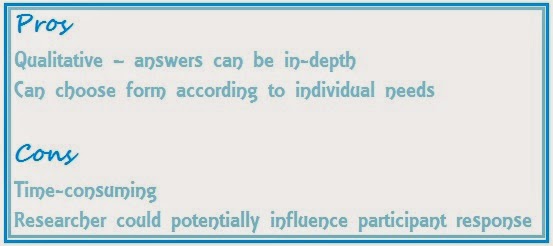Performing Live
Performance Art and Live Art are frames through which to
encounter work. Both terms are capacious, which is exciting, but problematic:
they are both used to celebrate work that does not recognise formal boundaries,
and forms which otherwise defy definition. But, the terms themselves both defy definition
– they are itinerant, disparate.
Image Source: artlogic.com.au
In the UK Live Art is a term connected, not to forms or
formality, but funding: the Arts Council recognises Live Art as a focused practice:
this makes it recognisable and accessible, but runs the risk of codifying and commodifying
practice.
I understand Live Art as related to human experience. It is
a relational aesthetic, needing, and foregrounding, the body. Live Art creates
a provocation through proximity: the body is not merely a vehicle for
performance – it is performance. Anything
‘left-over’ from the performance exists as documentation: therefore, even a
formal painting can be considered as an artefact of an action.
Both forms exist at the intersection of art and theatre, and
are usually defined in opposition to institutional and formal codes. Live Art
references the physicality and physical presence of the artist, in a given time
and space, engaging in a non-matrixed performative action. It is embodied and experimental,
emphasising physicality and spectacle.
Ways of understanding, describing, studying Live Art
Live Art is a diverse term for a diverse range of practices.
I understand it as being a Present Process which foregrounds the body in
creation. It is as resistant to definition as it is to commercial
commodification, and delights in deliberate ambiguity. In opposition to
mainstream culture and cultural production, Live Art subverts and blurs
boundaries, physicality and temporality, reclaiming the body using the body as
signifier.





Comments
Post a Comment